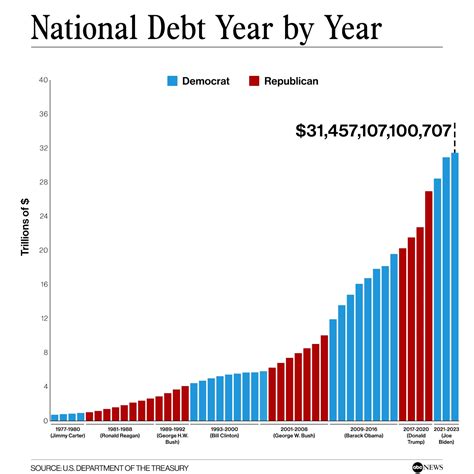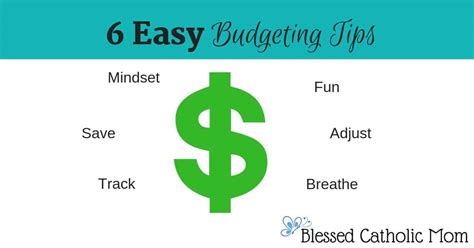The Dual Challenge: Conquering Debt and Building a Safety Net
For many men, the path to financial stability often feels like a two-front war: battling the relentless drag of high-interest debt while simultaneously trying to build a secure emergency fund. These two goals can seem mutually exclusive, but with a smart, disciplined approach, they can be tackled in tandem, leading to true financial freedom.
High-interest debt, often from credit cards, personal loans, or older student loans, can be a major roadblock. The interest payments alone can consume a significant portion of your income, making it difficult to save or invest. An emergency fund, on the other hand, is your first line of defense against life’s inevitable curveballs – job loss, medical emergencies, or unexpected home repairs – preventing you from falling back into debt.
Understanding Your Enemy: High-Interest Debt
Before you can crush high-interest debt, you need to understand its mechanics. The higher the Annual Percentage Rate (APR), the more money you’re simply giving away in interest. Common strategies for debt repayment include the debt snowball and the debt avalanche. The debt snowball focuses on paying off the smallest balances first to build momentum, while the debt avalanche prioritizes debts with the highest interest rates, saving you the most money over time.
For high-interest debt specifically, the debt avalanche method is scientifically the ‘smarter’ choice. By targeting the most expensive debts first, you reduce the overall interest paid, accelerating your journey to becoming debt-free. This requires discipline, but the financial payoff is significant.

The Emergency Fund Imperative: Why You Can’t Skip It
While aggressively paying down high-interest debt is critical, neglecting an emergency fund is a dangerous gamble. Without one, any unexpected expense can easily derail your debt repayment progress, forcing you to take on new debt or dip into existing savings. A minimum of $1,000 to $2,000 for immediate emergencies is a crucial first step, often referred to as a ‘starter’ or ‘mini’ emergency fund.
The Hybrid Strategy: Debt Avalanche with an Emergency Fund Foundation
The smartest way to crush high-interest debt and build an emergency fund is to adopt a hybrid strategy. Here’s how it works:
-
Phase 1: Build a Mini Emergency Fund (First Priority)
Before putting every spare penny towards debt, prioritize building a small, accessible emergency fund of $1,000-$2,000. This acts as your immediate buffer against life’s small catastrophes. It prevents you from using credit cards again when an unexpected car repair or medical bill arises.
-
Phase 2: Aggressive Debt Avalanche (Primary Focus)
Once your mini emergency fund is in place, funnel all additional disposable income towards your highest-interest debt using the debt avalanche method. Make minimum payments on all other debts, but attack that top-priority debt with extreme prejudice. Celebrate each debt paid off as a significant victory.
-
Phase 3: Replenish and Grow Your Emergency Fund (Post-Debt)
After you’ve successfully eliminated all high-interest debt, redirect the money you were using for debt payments into growing your emergency fund. Aim for 3-6 months’ worth of essential living expenses. This larger fund provides a robust safety net, offering genuine peace of mind and resilience against larger financial shocks.

Practical Steps for Implementation
- Create a Detailed Budget: Understand exactly where your money is going. Identify areas where you can cut back to free up more funds for debt repayment and savings.
- Increase Your Income: Consider side hustles, negotiating a raise, or taking on extra shifts. More income accelerates both debt payoff and emergency fund growth.
- Automate Everything: Set up automatic transfers for your emergency fund savings and automatic payments for your debts. This removes human error and ensures consistency.
- Negotiate Interest Rates: Call your credit card companies and ask for lower interest rates. It can’t hurt to ask, and often, they’ll oblige, saving you money.
- Consider Debt Consolidation (Cautiously): A lower-interest personal loan or balance transfer card can consolidate multiple high-interest debts, but only if you have a strong plan to pay it off and don’t accrue new debt.

The Mindset for Success
This journey requires more than just financial tactics; it demands a strong mindset. Be patient, stay consistent, and celebrate small victories. Visualizing your debt-free future and the security of a fully funded emergency fund can be a powerful motivator. Avoid lifestyle inflation as your income grows; instead, redirect those extra funds towards your financial goals.

Conclusion: Your Path to Financial Freedom
Crushing high-interest debt and building an emergency fund isn’t just about numbers; it’s about gaining control, reducing stress, and building a foundation for a more secure and prosperous future. By strategically combining the debt avalanche with a phased approach to emergency fund building, men can effectively navigate these financial challenges. Embrace the discipline, stick to the plan, and you’ll emerge not only debt-free but also financially resilient, ready to build lasting wealth.




